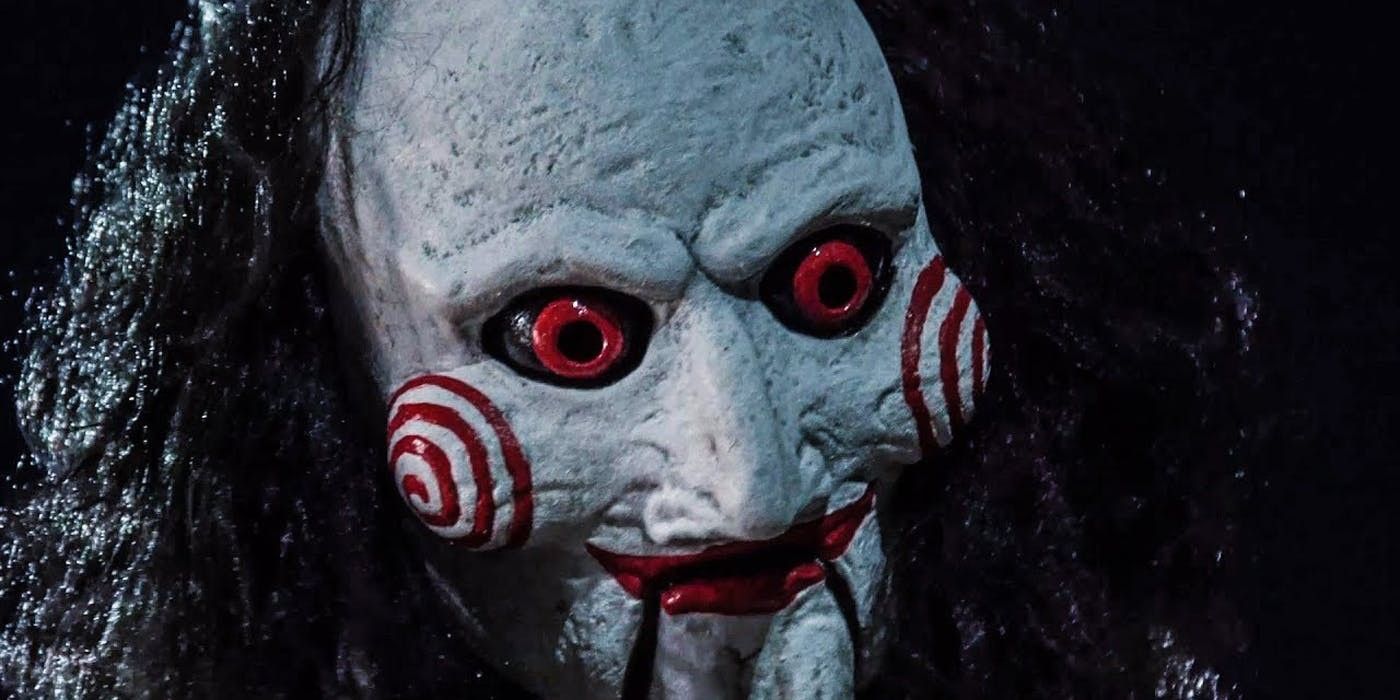James Wan and Leigh Whannell’s Saw took off in 2004 and ended up becoming one of the most popular modern horror franchises of the last fifteen years. Though it has endured, Saw saw most of its popularity in the early 2000s, but has an upcoming installment in 2020 that might refresh some of the aspects of the unique, psychological gore-fest that have become stale with the passage of time.
While Saw has inspired other movies like Escape Room and Would You Rather since its debut, the original film has some overlap with a lesser known movie that inspired sequels of its own, though never quite reached the heights of Wan’s series. Many horror fans flocked to the movie because it delivered on levels that other horror films at the time did not. In the early 2000s, slashers like Wrong Turn and House of 1000 Corpses were king along with paranormal horror that included the Nicole Kidman fronted The Others and Thirteen Ghosts.
Combining the elements of a police procedural drama with the addition of bloody dismemberment that came to be known as “torture porn”, Saw added unique aspects to the genre that weren’t overdone, which is important in a genre that is typically laden with remakes and long-running franchises.
Why Saw Was So Popular In The 2000s

The Saw franchise’s popularity can be attributed to its ability to bring something unique to mainstream horror, but it wasn’t the first movie with a similar concept. Part of Saw‘s success can likely be attributed to movies like Cube, which is a lesser-known, independent horror film out of Canada. Directed by Vincenzo Natali, Cube followed five strangers who are suddenly thrust into a dangerous Cube and forced to figure out their connections as well as how to escape; traps and danger are interwoven into the Cube’s various rooms, which are all different colors, and the possibilities for death are – seemingly – infinite. One of the strangers, Leaven, who is a math genius, determines that the Cube has 17,576 rooms in total.
Cube is a sci-fi/horror, and the film utilizes a lot of logic and math rather than more philosophical means to escape the puzzle. For example, the strangers deduce that any room marked with a prime number is a trap. The traps are less personal; they are rigged with sound and motion, among other things, instead of requiring the survivors to do as is done with Saw – difficult decisions that may result in self-sacrifice or the sacrifice of others, accordingly – but it’s a similar concept overall as the trapped “participants” all have various skill sets that are useful in disarming and figuring out the traps inside the Cube. Cube got a sequel (Cube 2: Hypercube) and a prequel (Cube Zero) in the early 2000s, but never took off as a major franchise.
Saw added a moral aspect to the general premise of dangerous traps that random strangers must outsmart – while they occasionally must outsmart each other – to survive. This is likely why it forged ahead, on top of being extremely visceral and violent in a way that other horror films at the time were not. Eli Roth’s Hostel ended up following a similar trend, though the concepts vary significantly, its level of gore was a clear path to success. Though Saw did fade in popularity with future installments becoming convoluted and overdone, Darren Lynn Bousman, the sequel’s director, is headed back to the director’s chair for the ninth installment, which is currently using its working title “The Organ Donor” in hopes to refresh the franchise for a new decade.




